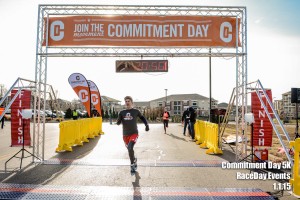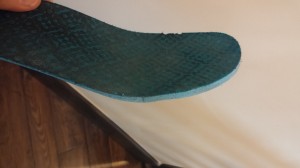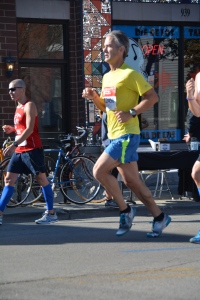I listened to a podcast interview of Greg Meyer recently, whose claim to fame has recently been amended to “the last American to win Boston before Meb.” It was a different world back in the 70s and 80s, where Greg and other elites routinely raced on multiple consecutive weekends, sometimes even in close proximity to their goal races. Nowadays, training schedules are carefully calibrated to peak for major events, with a lot less racing in between.
None of us mere mortals will ever have to answer the question: “how did you keep up your 100 mile training week while winning that indoor mile?” However, some of the more general things that Greg had to say have some application for us as well. Basically, Greg liked to race. He was competitive. Who knows if he would have had the same level of success in the modern model of less racing? Maybe he would have lost motivation.
I tend to agree with him. I’m not racing every week, but I do think it helps me stay motivated to always have something to be looking forward to. Every year, I target two or three key races I’d like to participate in, put them on the calendar, sign up to commit, and adjust my training schedule around them. But that leaves wide open expanses of months at a time. Filling in some of those gaps, for me, is a great way to stay motivated and have something to look forward to. An added benefit is that you develop a baseline of how your training is going, and you can use that to adjust your training for your goal race. For instance, if you’re training for a half marathon, like, just say, for instance, Hospital Hill, (click here to register!) you could race a 5K, then use any number of online pace calculators to convert your 5K performance into an expected finish time and pace for the 13.1 mile distance. Of course these calculators aren’t perfect, your results may vary, etc., but they are kind of fun to tinker around with. Some of the better ones can adjust for temperature, elevation change, and other variables.
I love “tracing” – racing during training. (It helps if you say it like Tony the Tiger saying “They’re grrrrrrrreat!”)
So, what have I been doing to practice what I preach? I signed up for and ran the aptly-named “Commitment Day 5K” on New Year’s Day. First, shout-out (do the kids still say that?) to my niece, Kaitlin, who knocked it out of the park singing the National Anthem prior to race start. Bummed there’s no picture! Unfortunately, all I’ve got to offer are pictures of me. Also, I got to meet fellow Skora Ambassador Sarah, who snapped a shoe selfie of us that I can’t seem to locate any more. Pretty cool that in the whole country, two of us are running some of the same races!
If I was wearing my Mizzou gear, I might be as happy as Bib # 951!
Yep, it’s cold. 25F, but a brisk wind.
Finished! No PR, but not bad on a hilly course on a windy day.
More of the same…
Bear with me…
Okay, last one. Happy tracing!












